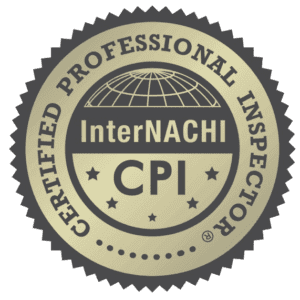One of the most common places to find rust and corrosion in any home is right above a water tank where the dielectric unions should be installed. A dielectric union is a plumbing fitting that is meant to join two dissimilar metal pipes so they don’t experience a galvanic reaction and begin to rust. This is especially true for copper and galvanized steel piping which is usually the case when a copper supply water piping line meets the galvanized steel pipe hookups of a hot water tank. If your supply lines are galvanized to match with your water heater tank then there is no need for a special union, however, you may wish to check out our article on galvanized supply piping in your home.

As you can see from the picture above, while these unions have a great intent to keep the water heater connection lines from rusting, that is not always the case. We find many dielectric unions that have started to rust which will eventually lead to a water leak if not remedied. So why does this happen and what do you need to know to keep your line from springing a leak?

Installation
Obviously, the most important part in preventing a union from corroding is installation. If the union is not installed correctly, then it won’t protect against galvanic corrosion. Looking at the picture above, the copper supply line is soldered to the brass insert. The Union Nut and Pipe Adaptor encase the insert and form a tight seal with the gasket. Notice that both the gasket and sleeve have isolation listed in their name. This is because their other job is to keep the copper/brass coming in contact with the steel components. Often the issue is that these fittings are not perfectly installed and some small contact is made. Additionally, if you use a union with a short sleeve, then that can be an issue as well. It is good to be able to visibly see the sleeve above the union nut at the end of the installation.
How to Repair
The great thing about unions is they are designed to be taken out and replaced fairly easily. One problem you will have is the connection between the copper piping and the brass insert is usually soldered, you will have to cut that portion out to extract the old union nut. It’s for this reason that you should probably hire a licensed plumber to make the repair, as they will have to cut the line and solder a new connection as well as extend the pipe below so that they properly mate. For that reason, you may wish to hold out and wait until you buy a new hot water tank to replace them if there are only early signs of rust and your tank is at or after the 10 year expected life cycle.



